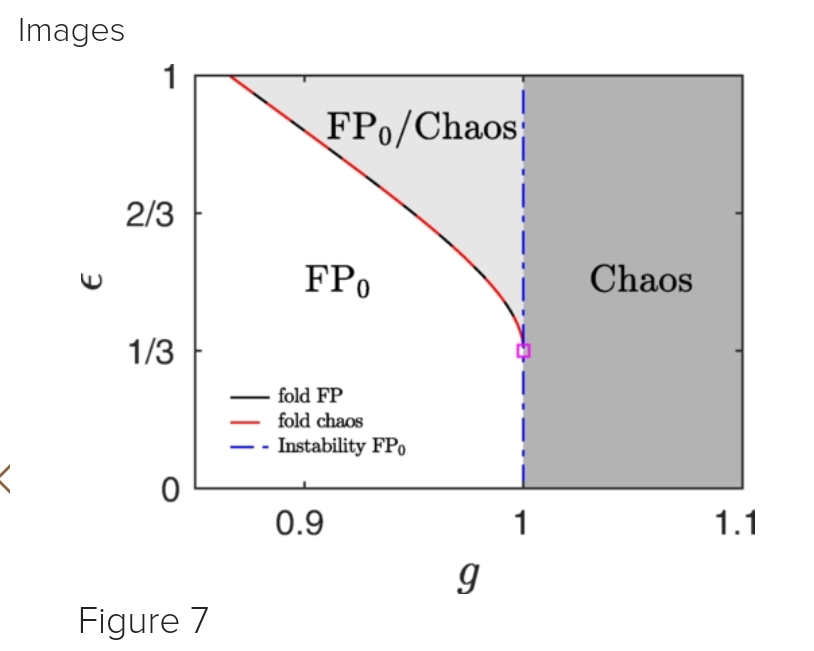AA << excavated at Cloggs Cave near Buchan, in the foothills of the high country near the Snowy River in East Gippsland, Victoria. >>️
<< What (AA) found was extraordinary. Under the low, subdued light in the depth of the cave, buried under layers of ash and silt, two unusual fireplaces were revealed by the tip of the trowel. They each contained a single trimmed stick associated with a tiny patch of ash. >>️
<< The role of these fireplaces in ritual
Local 19th-century ethnography has good descriptions of such fireplaces, so (AA) know they were made for ritual practices performed by mulla-mullung, powerful GunaiKurnai medicine men and women. >>️
<< The Kurnai practice is to fasten the article [something that belonged to the victim] to the end of a throwing stick, together with some eaglehawk feathers, and some human or kangaroo fat. The throwing stick is then stuck slanting in the ground before a fire, and it is of course placed in such a position that by-and-by it falls down. The wizard has during this time been singing his charm; as it is usually expressed, he ‘sings the man’s name,’ and when the stick falls the charm is complete. The practice still exists. >>️
<< Nowhere else on Earth have archaeological expressions of a very specific cultural practice known from ethnography, yet traceable so far back, previously been found. >>️
Russell Mullett, Ashleigh Rogers, et al. Oldest living culture: our new research shows an Indigenous ritual passed down for 500 generations. theconversation.com. Jul 1, 2024.
Bruno David, Russell Mullett, et al.
Archaeological evidence of an ethnographically documented Australian Aboriginal ritual dated to the last ice age. Nat Hum Behav. doi: 10.1038/ s41562-024-01912-w. Jul 1, 2024.
Also: ethno, Nomads, gris-gris, behav, in https://www.inkgmr.net/kwrds.html
Keywords: ethno, Nomads, gris-gris, behaviors
FonT: the image cited regarding mulla-mullung entities is very intriguing ...
